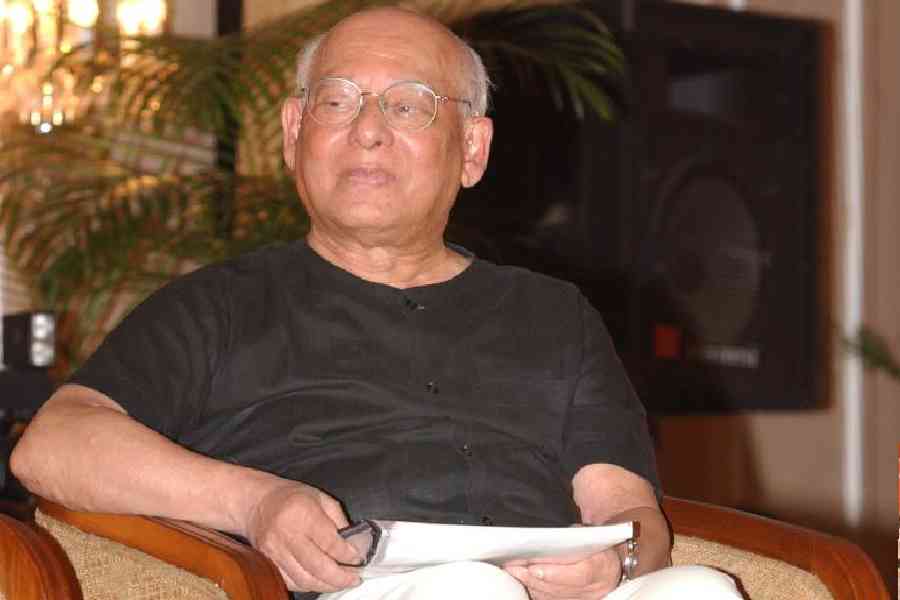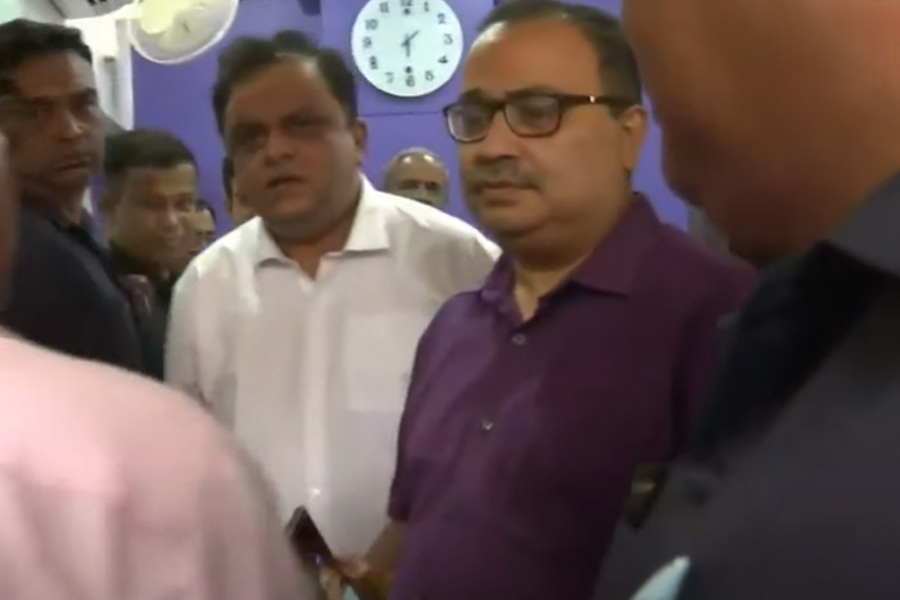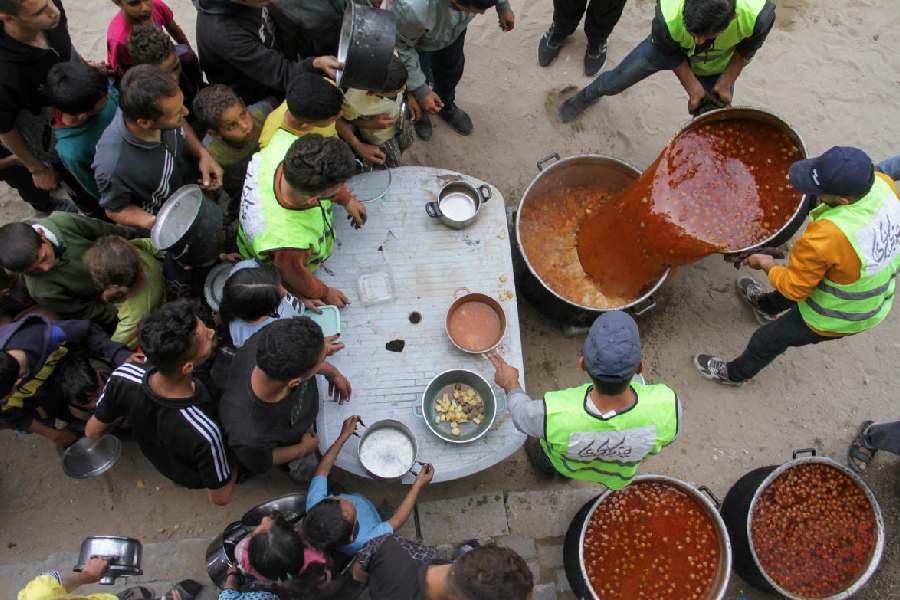It was over a jail mulaqat with a friend a few days back that I heard about the passing away of Ranajit Guha. This is my tribute to one of the most magnificent historians of modern India who will be remembered for pioneering what came to be known as subaltern studies. At a time when the discipline of history itself is under probably the most crippling siege in our country, it is imperative that we commemorate one of its finest students. In this essay, I want to focus on just one aspect of his work and his treatment of historical sources that had a profound influence on many of us who studied social science. Readers, however, have to bear with a historian in restraint. Being in prison, I don’t have all the relevant books and articles at my disposal for proper referencing and, hence, have to rely largely on my memory.
I remember that when I first read Ranajit Guha more than a decade back, I felt as if I had finally found the words to express what I had intuitively felt for a long time — while reading newspapers and media reports — but was unable to articulate. The text that I had in my hand was “The Prose of Counter-Insurgency”, an article in which he talks about decoding different kinds of sources left behind by the British in their dealings with the numerous Adivasi and peasant uprisings in 19th-century India.
In the early 1980s, Guha, along with a group of historians and political scientists, had embarked upon an ambitious project of writing the histories of the most oppressed, subordinated and marginalised people of South Asia. He posited the subaltern histories that they had set out to write in opposition to the ‘elitist’ histories of the time, something he accused not just the colonialists of writing but also the nationalists and early Marxist historians. In many ways, subaltern studies was as much the result of debates within academia as also of political movements and social churning over the previous two decades — student protests, peasant rebellions, environmentalist movements.
If you want to witness the historian’s craft at its best, fascinating in its treatment of historical sources, then you ought to read “Chandra’s Death”. In this essay, Guha takes the seemingly insignificant event of a woman’s death at the time of childbirth as an entry point and, from there on, reconstructs, from the scantiest possible sources, the world of 19th-century rural Bengal, laying bare the structures of caste and patriarchy and also the everyday violence associated with them. This was an autopsy of the rot in the society and is an exhilarating read.
However, the biggest obstacle that any attempt to bring the subalterns to the centre stage of history-writing faced was that of sources. How do you write about peoples and groups that did not leave behind any written records? For example, it was impossible for a historian trying to explore the Santhal Hul of 1855 or the Munda rebellion of the 1890s to consult the private papers or correspondences of leaders like Sidhu, Kanu or Birsa Munda or to stumble upon their personal diaries. Here the historian was dealing with individuals and groups that were, in fact, barely literate. What distinguished the subaltern historians was not so much the sources they had to rely upon — which were more or less the same as that of the ‘elite’ historians — but the methods they deployed in reading and decoding them.
In “The Prose of Counter-Insurgency”, to cite an example, Guha looked at the despatches issued by colonial military officials during the outbreak and suppression of peasant revolts as well as later accounts and memoirs of these officials which were written many years after the events. The question he tried to address was this: how does a historian recover the voice of the peasant rebels from within the statist sources and accounts? It is by learning to treat our sources as contaminated by bias and even complicity. It is by learning to not expect neutrality, but to look for signifiers whose inversion could help us decode a text. With the application of such a matrix, “insurgents” can be read as peasants, “fanatics” as Islamic puritans, “wanton atrocities” as resistance to oppression. Readers, for instance, should try to apply such a matrix while listening to the recordings of news broadcasts and the government’s expressions during, say, the anti-CAA protests. Those are good texts to practise on.
Guha’s work on peasant rebellions also broadened our understanding of the political aspects of these movements. In his classic work, Elementary Aspects of Peasant Insurgency in Colonial India, Guha challenged the simplistic analysis of the earlier works that tended to treat most 19th-century peasant revolts as ‘millenarian precursors’ to the more ‘political’ movements of the next century. A major reason why several Left nationalist historians were also trapped within this linear schema was their inability to deal with the religious idioms of most of these movements. For this set of historians, the political aspect was infused within peasant movements from outside, with the entry of the secular vanguard constituted by native elites, either the Indian National Congress or, later, the communist party.
Drawing from Marx, Guha pointed out how social relations within the peasant world were mediated by religion; it was, therefore, inevitable that their protests and movements were also articulated within a religious idiom. It was the shallow radicalism of the early nationalists and communists, limited by their sense of ‘unadulterated secularism’, that failed them in truly understanding the peasant consciousness.
For Guha, the political nature of these movements needed to be located in the structures and processes of subordination. If these structures of domination, manifested in the countryside in the nexus of sarkar-sahukar-zamindar, were deeply political, so were the efforts to overcome them. The peasant revolts were hardly ever carried out in a state of absent-mindedness. The peasants were aware of the consequences inherent in them. These had always been preceded by petitioning and other ways of protest. It is when all else failed that the peasants finally rose up in arms.
But let me return to the personal note that I mentioned earlier in this essay. Growing up, I tried to grapple with but could not articulate the divergence between the reality that I saw around me and the one that was depicted in news reports. I came of age in the post 9/11 context where representations of the Muslim community were structured around certain themes. If 19th-century British colonial interests structured representations of what were considered to be subject populations, the same could now be said about the writings emerging in the wake of the US-led ‘War on Terror’, something that served as a convenient ideological cover for its own imperial interest in Muslim countries and societies. These representations were not confined to just the countries invaded by the US. As this shadowy war kept expanding and more nation-states joined in, including India, so did this kind of writing and representations. How is one then supposed to read these texts?
Reading in the manner in which Guha dealt with the historical sources, I realised that as a result of my lived experience I had been intuitively reading news reports against the grain, deconstructing dominant representations, and deciphering what was hidden between the lines, but reading Guha now gave me a theoretical and decisive framework to understand how power structures texts and representations. This understanding would be further enhanced by reading other scholars and theorists. But for me, this process of understanding had begun with reading Guha.
Guha’s works nuanced our understanding of power and domination in colonial India. He laid bare the modalities of power with a radical commitment to overcome it. In many ways, Guha’s writings were a product of the times. They reflected as much the debate within academia as the tumultuous churnings outside that were ready to question the fractures of what was given and were daring to push the margins of the possible. The present times are different and far less hopeful. But even in our times of rising authoritarianism and majoritarianism, when power seems to have turned the world upside down and inverted meanings of words and hollowed out languages, we will do well to critically engage with Guha’s works. His method of reading texts and historical sources might justhelp us make sense of the madness around us.
Umar Khalid is an undertrial at Central Jail No. 2, Tihar Prisons. As narrated to Banojyotsna Lahiri










